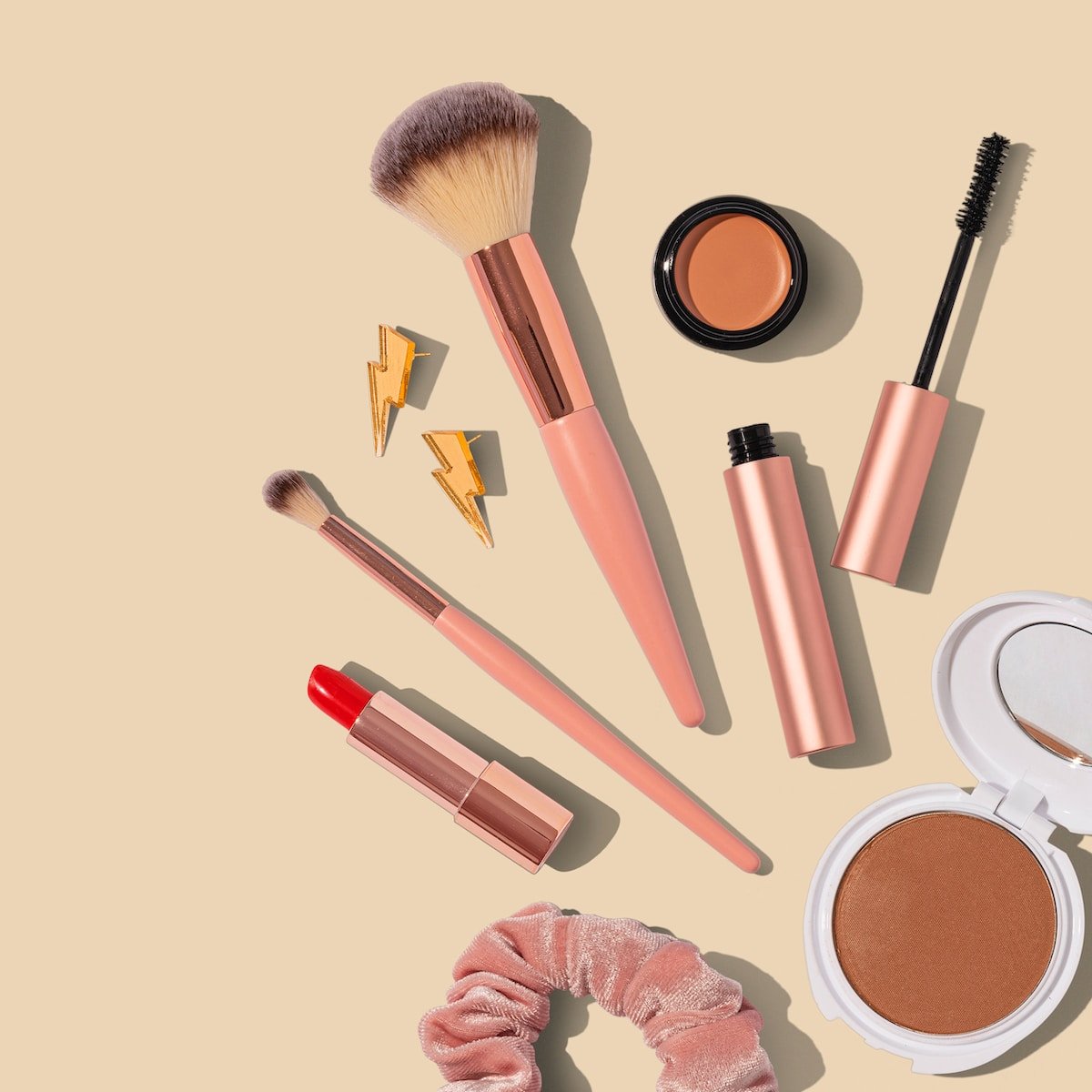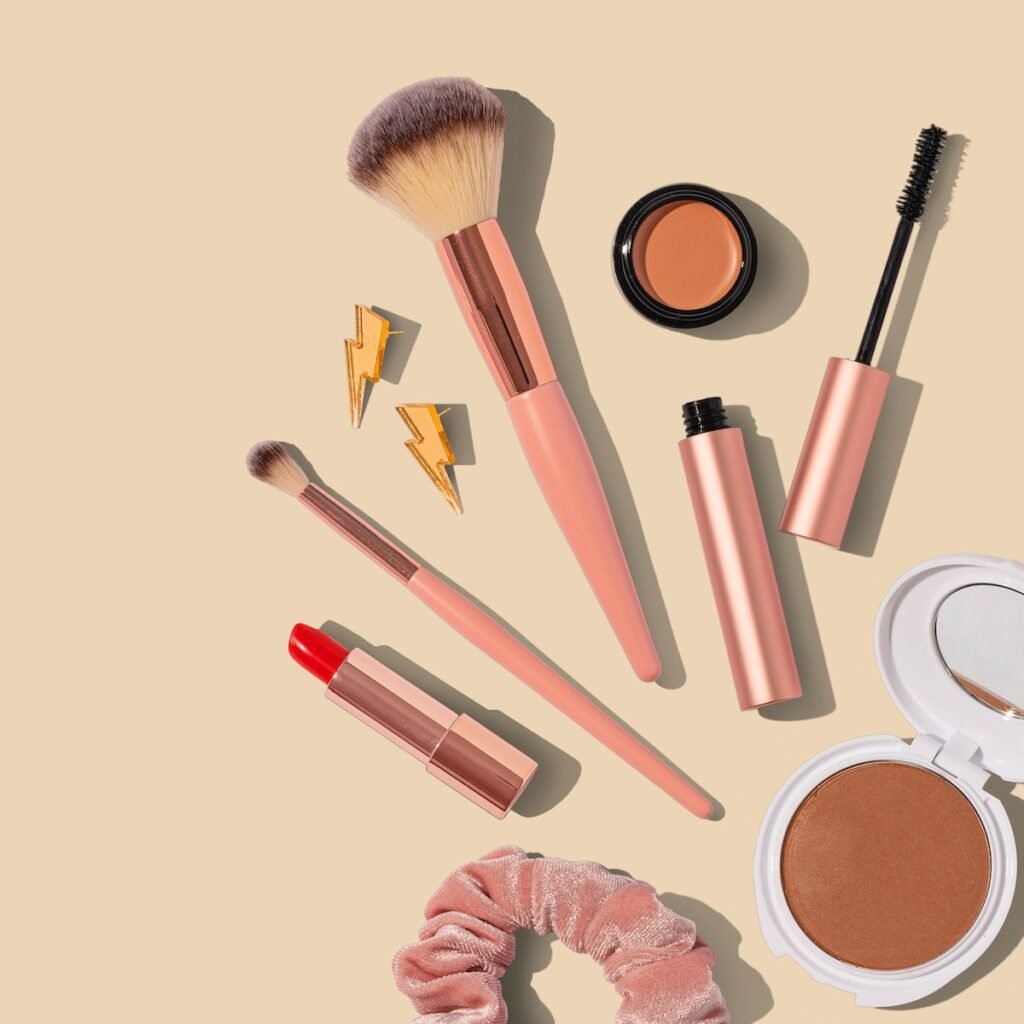Exploring the Evolution of Cosmetics: A Fascinating Historical Journey
Cosmetics have been an integral part of human culture for centuries, with a rich and captivating history. From ancient times to the modern era, cosmetics have played a significant role in enhancing beauty and expressing individuality. This article takes you on a fascinating journey through the evolution of cosmetics, exploring the early origins and the transformative impact of various civilizations, royal courts, and cultural shifts.

Ancient Origins of Cosmetics
The origins of cosmetics can be traced back to ancient civilizations such as the Egyptians, Greeks, and Romans. In these early societies, makeup and beauty rituals were deeply intertwined with religious and cultural practices. Natural ingredients like crushed gemstones, plant extracts, and minerals were used to create face powders and dyes, enhancing features and providing protection from the sun.
Early Civilizations and Beauty Rituals
In addition to the Egyptians, other early civilizations had their unique beauty rituals. The Indus Valley civilization, for example, used henna to dye their hair and hands, while the Mayans used achiote seeds for body painting. These beauty practices not only aimed to enhance physical appearance but also held cultural and spiritual significance.
Cosmetics in Ancient Egypt: The Birth of Makeup
Among all ancient civilizations, the Egyptians have left the most enduring legacy in the realm of cosmetics. Both men and women used a wide range of makeup products, including kohl eyeliner, lip stains, and face powders. These cosmetics not only enhanced beauty but also had practical purposes, such as protecting the eyes from the harsh desert sun and warding off evil spirits.
Beauty Practices in Ancient Greece and Rome
In ancient Greece and Rome, cosmetics were an essential part of daily life. Greek women used white lead face powder and red pigments for their cheeks, while Romans used lead-based cosmetics for a pale complexion. Additionally, perfumes and fragrances were popular, and elaborate hairstyles adorned with flowers and precious jewels became a symbol of wealth and status.
Medieval Europe: The Dark Ages of Cosmetics
After the fall of the Roman Empire, the use of cosmetics declined significantly in Europe during the medieval period. The Church denounced vanity and associated cosmetics with sinful behaviors. Consequently, makeup was primarily used by women of questionable reputation, and the concept of beauty took a backseat in society.
Renaissance: The Revival of Cosmetics
The Renaissance brought a renewed interest in the arts, sciences, and personal grooming, leading to a revival of cosmetics in Europe. Influenced by ancient texts and ideals of beauty, both men and women started using cosmetics again. Pale skin, red lips, and rosy cheeks were considered fashionable, and new cosmetic recipes, including cold creams and lip salves, emerged.
The Influence of Royal Courts on Cosmetics
During the 16th and 17th centuries, royal courts played a significant role in shaping beauty trends and the use of cosmetics. Queen Elizabeth I of England, for instance, popularized the pale face with red lips and created a demand for cosmetics among the nobility. Cosmetics became a symbol of power and prestige, with royal women setting the standards of beauty for the entire court.
The Industrial Revolution and Cosmetics
With the advent of the Industrial Revolution, the production and availability of cosmetics experienced a significant transformation. Mass production techniques enabled the widespread distribution of beauty products, making cosmetics more accessible to the general population. The introduction of department stores and mail-order catalogs further fueled the popularity of cosmetics, marking a new era of consumerism.
Changing Trends in the 20th Century
The 20th century witnessed revolutionary changes in the cosmetic industry. From the emergence of iconic brands like Max Factor and Elizabeth Arden, to the rise of new beauty standards influenced by Hollywood celebrities, cosmetics became deeply ingrained in popular culture. The introduction of new products, such as mascara, foundation, and lipstick, transformed the way people expressed themselves through makeup.
Influence of Hollywood on Cosmetics
Hollywood’s golden era played a pivotal role in shaping beauty trends and consumer demand for cosmetics. With the advent of Technicolor, the film industry popularized vibrant and glamorous looks. Icons like Marilyn Monroe and Audrey Hepburn became beauty icons, and their signature makeup styles, such as the red lip and winged eyeliner, became timeless trends that influenced generations of makeup enthusiasts.
The Rise of Cosmetics in the Digital Age
In the digital age, the cosmetic industry has witnessed a whole new level of innovation and accessibility. Social media platforms like Instagram and YouTube have revolutionized the way people discover and learn about new beauty products and techniques. Online beauty influencers and bloggers have become influential voices, shaping trends and driving the demand for innovative cosmetics. As technology continues to advance, the future of cosmetics holds exciting possibilities in terms of personalized skincare, sustainable products, and the integration of augmented reality. The journey of cosmetics, from ancient rituals to the modern-day, is a testament to the enduring human fascination with beauty and self-expression.

